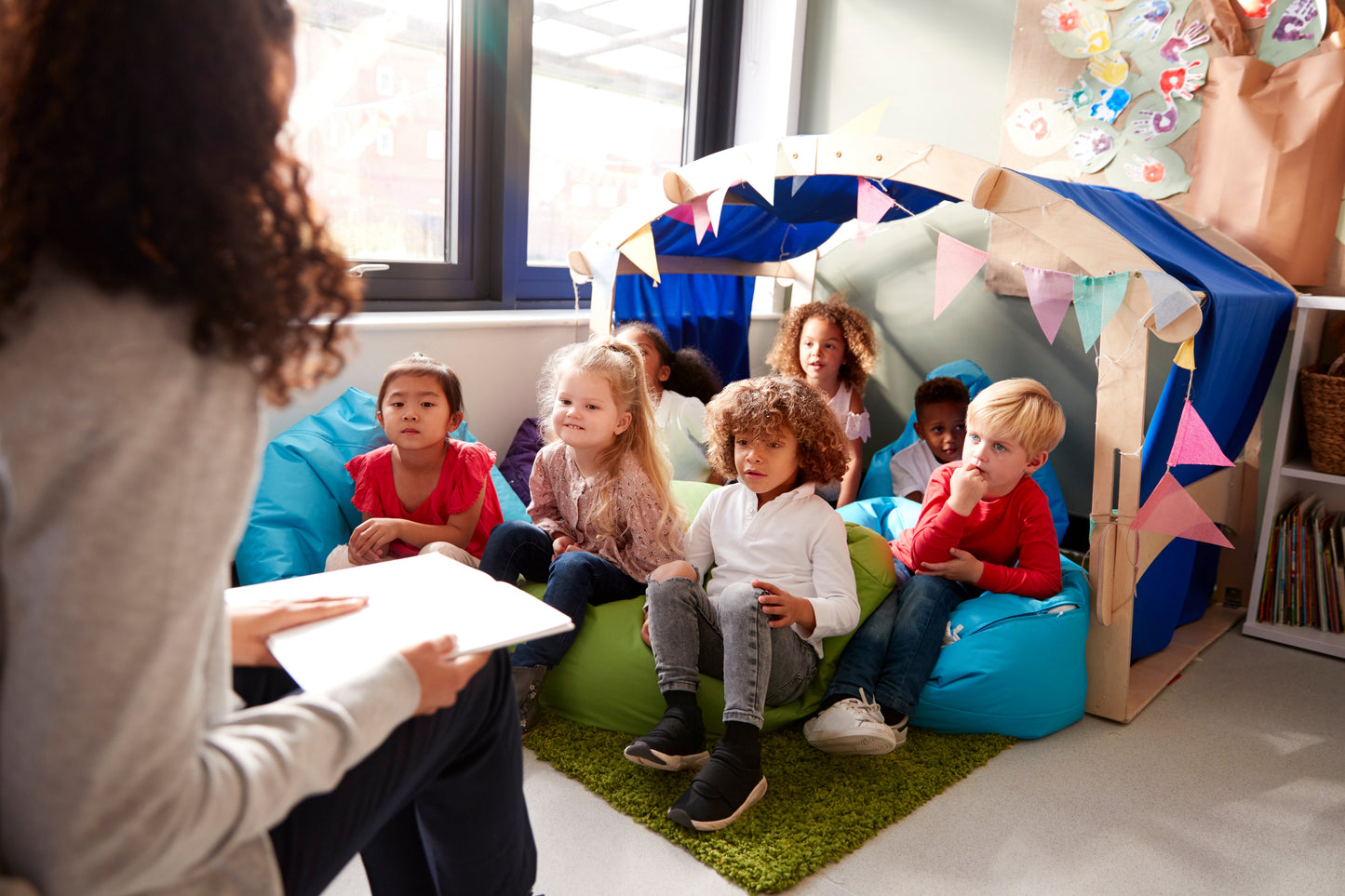
The return to school after a long break can be an exciting yet overwhelming experience for children. The hustle and bustle of a classroom, the demands of academic work, and social interactions can sometimes become too much to handle. In today's fast-paced educational environment, it's crucial to acknowledge and address the emotional needs of students. One way to do this is by providing a dedicated space within the classroom for children to relax and decompress. In this blog post, we'll explore the importance of such spaces and how they can positively impact students' well-being and learning.
Understanding the Need for Relaxation Spaces
Children, like adults, experience stress, anxiety, and a wide range of emotions. The school environment can sometimes exacerbate these feelings due to the pressures of academic performance, social interactions, and other external factors. A relaxation space in the classroom serves as a safe haven where students can take a break, recharge, and regain their emotional equilibrium.
Stress Reduction
Having a designated relaxation space can help reduce stress levels in children. It provides an opportunity for them to step away from academic pressures and social dynamics, even if only for a few minutes. This brief respite can make a significant difference in their overall well-being.
Emotional Regulation
Children are still developing their emotional regulation skills. Having access to a relaxation space allows them to practice self-soothing techniques and manage their emotions better. They can learn to identify their feelings, take a moment to calm down, and then return to their tasks with a clearer mind.
Improved Focus and Concentration
A well-rested and emotionally balanced child is more likely to be engaged in their learning. By giving students a space to decompress when needed, teachers can help them return to their tasks with increased focus and concentration.
Creating a Relaxation Space
Now that we understand why relaxation spaces are essential, let's explore how teachers and schools can create these areas within the classroom:
Comfortable Seating: Provide comfortable seating options like bean bags, cushions, or soft chairs. These can help students relax and feel at ease. The more comfortable a place, the longer it will benefit the user, this is true both for the child and also caregivers.
Calming Visuals: Decorate the space with calming visuals like nature scenes, soft colours, or artwork that promotes relaxation. Avoid clutter and distractions.
Sensory Tools: Include sensory tools like stress balls, fidget toys, or textured objects to help students ground themselves and manage anxiety.
Quiet Environment: Ensure that the relaxation space is relatively quiet and free from disruptions. This allows students to escape from noise and chaos when they need a break.
Clear Guidelines: Teach students when and how to use the relaxation space. Encourage them to self-monitor their emotions and seek out the space when necessary.
Ideas for a relaxation space:
Reading corner - What better way to relax and calm the mind than to carry yourself off to a quiet corner of the classroom and immerse yourself in your own space for as long as you have.
Themed spaces - being surrounded by a 360 degree of an exciting landscape can take you away to another place or enhance the imagination, like being in another world and all its colours and vibrancy. This can work perfectly for curriculum based topics such as space, the ocean and biodiversity, the food chain and historical learning.
Sound effects - we all know how the sound of running water, bird song and natural elements calms us. Closing your eyes and being taken in by audio effects that represent being surrounded by nature and all of the charm and wonderment from within.
Read more from our blog and view our range of sensory relaxation spaces for schools - giving your classroom the innovative edge and help with stress and anxieties within children.
